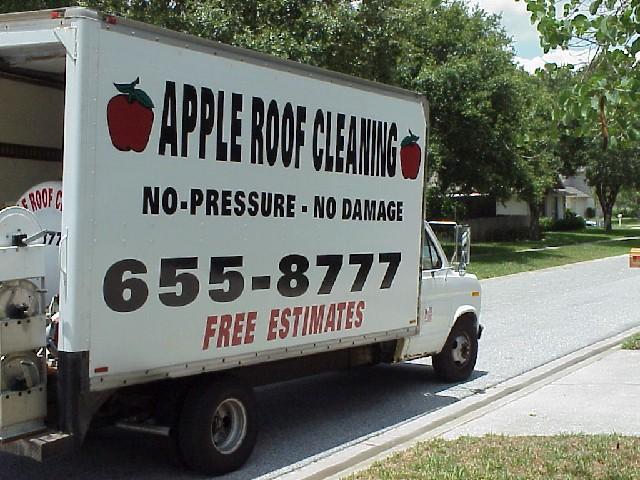

DIY roof cleaning: a safe and effective solution for maintaining a beautiful home exterior. Cleaning your roof yourself can save you money and provide a sense of accomplishment. However, it’s crucial to approach this task with caution and proper technique to avoid damage to the roof or injury. This comprehensive guide provides a step-by-step approach for a safe and effective DIY roof cleaning experience. We’ll cover essential safety precautions, the best tools, and expert strategies to ensure a successful project. This article is structured to guide you through each step of the process, from initial preparation to final touches. We’ll emphasize safety and provide expert advice to minimize potential risks.
Assessing Your Roof’s Condition
Understanding Roof Materials
Before you start any roof cleaning project, it’s critical to assess the condition of your roof. Different roofing materials react differently to cleaning solutions and pressure. Knowing your roof’s material will help determine the appropriate cleaning methods. For example, asphalt shingles are relatively hardy and can tolerate mild cleaning solutions, whereas clay tiles may require a more gentle approach to avoid damage. Thoroughly inspecting your roof for any existing damage or weak spots is paramount. Look for missing or damaged shingles, loose granules, or signs of mold or algae growth. Identifying these issues early will help you prioritize repairs before starting the cleaning process. Consider hiring a professional roof inspection service, especially if your roof is old or has exhibited any unusual problems.
Preparing for DIY Roof Cleaning
Gathering the Right Equipment
Effective DIY roof cleaning requires the right tools. This includes protective gear like safety glasses, gloves, and work boots. These items are essential for preventing injuries. You’ll also need appropriate cleaning solutions and tools like a soft-bristled brush, a gentle scrub sponge, and a long-handled sponge or squeegee. Also consider renting or purchasing a power washer with a specialized cleaning nozzle. If possible, ensure you have a designated helper for support and holding the cleaning equipment, especially when working at heights.
Safety First: Precautions for a Safe Cleaning
Roof Access and Stability
Safety is the top priority in any DIY roof cleaning project. Assess the stability of your roof and the best way to access it safely. Never attempt roof access during periods of high wind, rain, or lightning. Always use scaffolding, ladders, or other appropriate safety equipment to reach the roof. A professional roof cleaning company, if contacted during extreme weather conditions, can advise on safe practices.
The Cleaning Process: Step-by-Step Instructions
Cleaning Solutions and Techniques
Applying cleaning solutions to your roof should be done methodically and strategically. Begin by testing the cleaning solution in an inconspicuous area first to ensure it won’t damage the shingles or other roofing materials. Apply the solution using a soft-bristled brush or a sponge, ensuring to cover all areas thoroughly. It’s crucial to avoid over-saturating the roof, which could lead to water damage. Pay careful attention to gutters and downspouts, cleaning them thoroughly to ensure proper water drainage. Be sure to clean the gutters thoroughly and regularly to prevent water damage and leaks.
Post-Cleaning Steps: Final Touches
Drying and Inspections
After you’ve finished cleaning, allow the roof ample time to dry completely. Rinsing the roof with clean water might be necessary to remove any remaining cleaning solution. This ensures that the roof is properly dried before proceeding to inspections. Regular roof inspections should become part of your preventative home maintenance to identify potential issues early. This includes inspecting for any damages, weak spots, or signs of further cleaning needs, ensuring a continued healthy roof life.
In conclusion, DIY roof cleaning can be a rewarding experience if approached with the right knowledge and preparation. By understanding the various techniques, safety precautions, and potential challenges, you can effectively clean your roof without causing damage. Remember to prioritize safety and use appropriate tools and equipment. This guide has equipped you with the necessary steps to achieve a safe and effective DIY roof cleaning project. If you’re still unsure or have concerns, consult a professional roof cleaning service. Don’t hesitate to reach out to a local roofing company for recommendations or estimates.